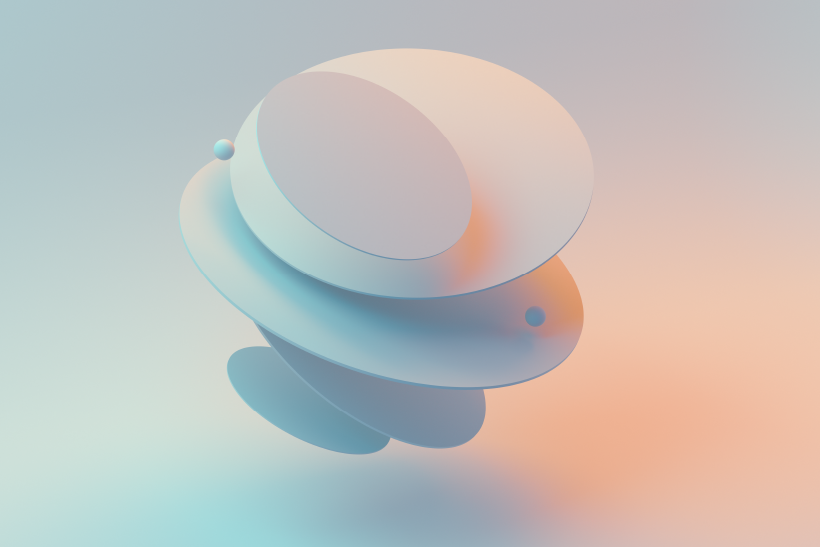In Drupal, all content is stored and treated as "nodes" - an abstraction to process data. A node is any posting, such as a page, article, or blog entry. Comments are not stored as nodes but are always tied to one. Treating all content as nodes allows the flexibility of creating new types of content. It also allows you to effortlessly apply new features or changes to content.Read on to know how to save node programmatically




















